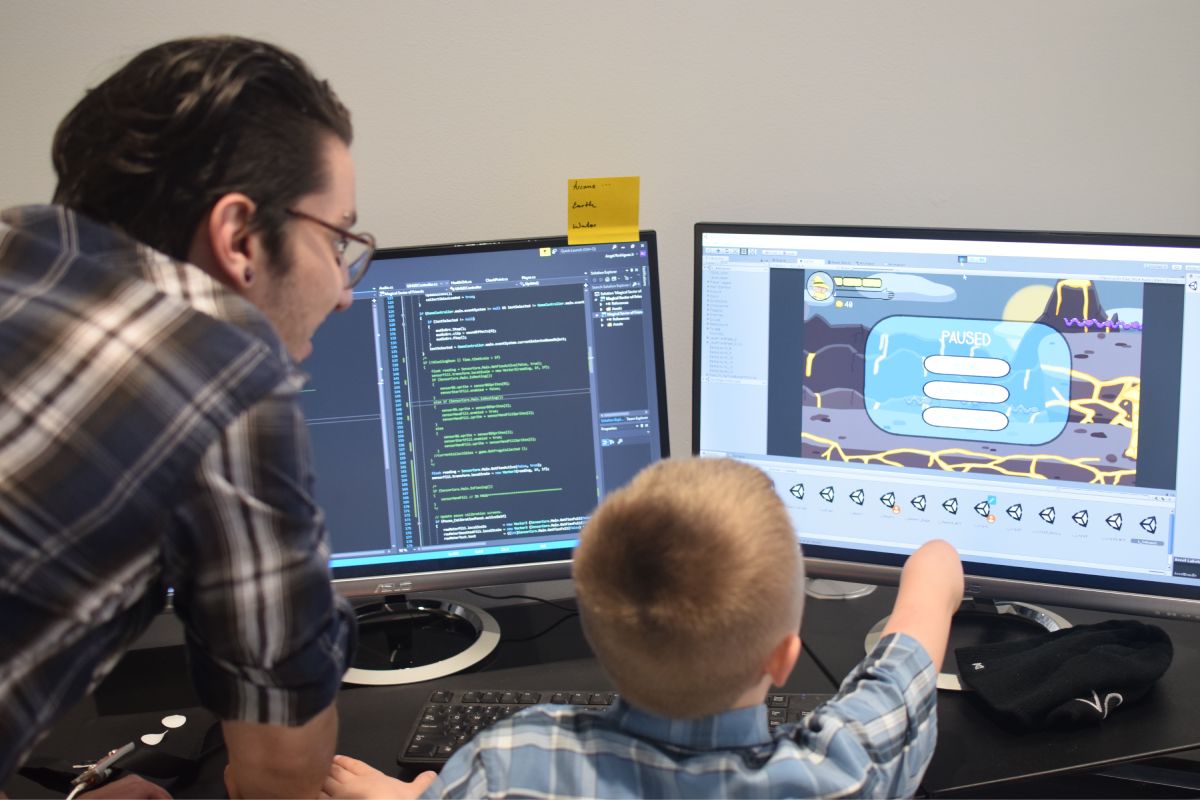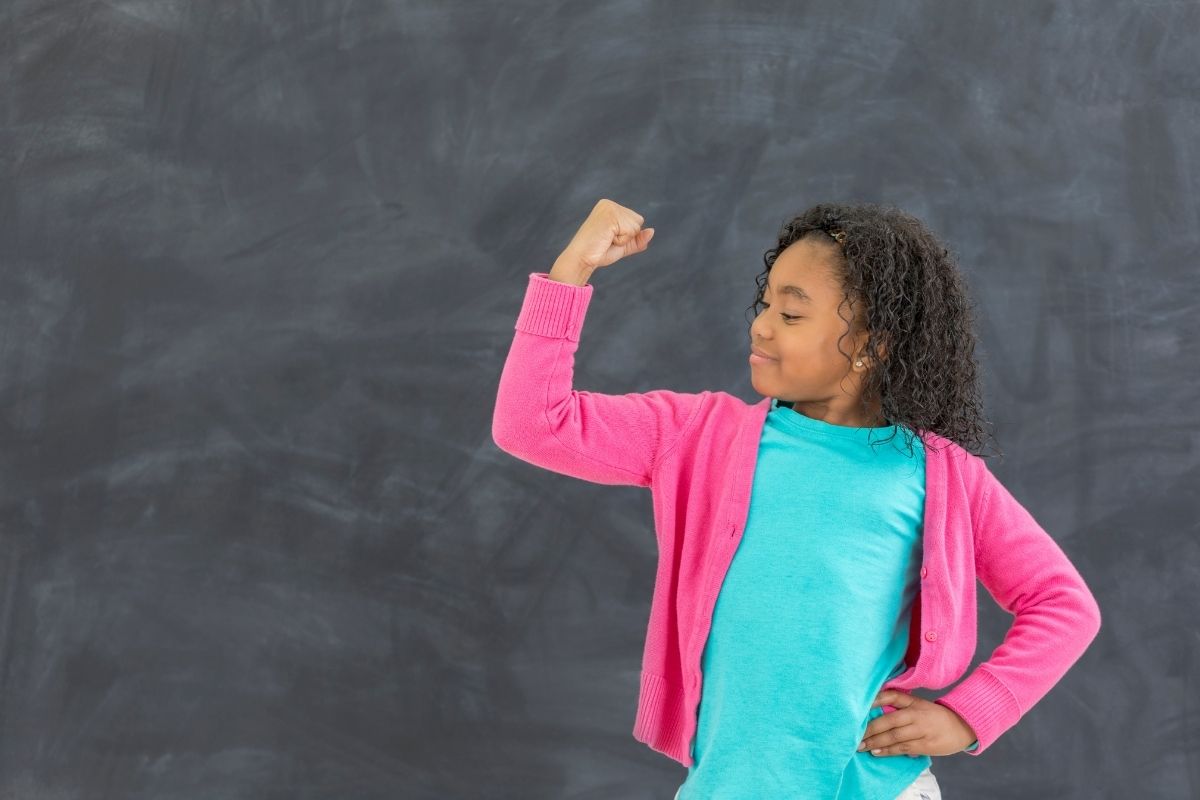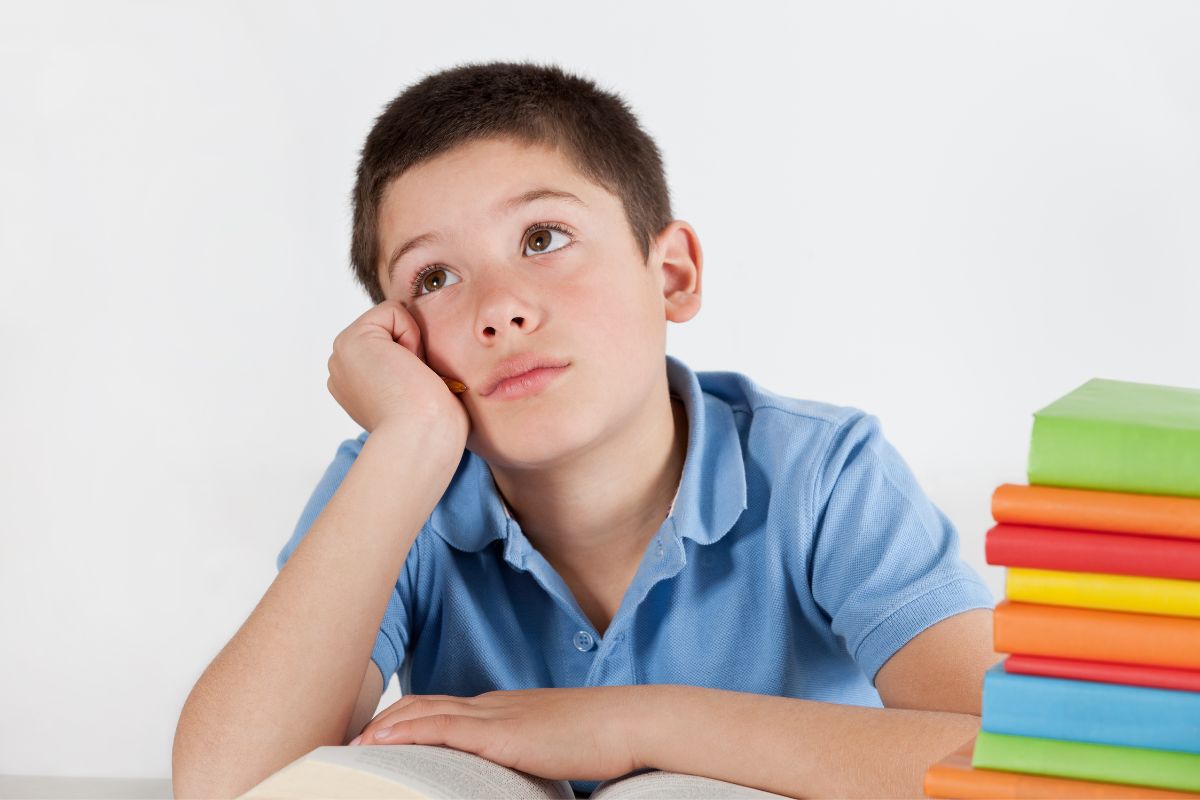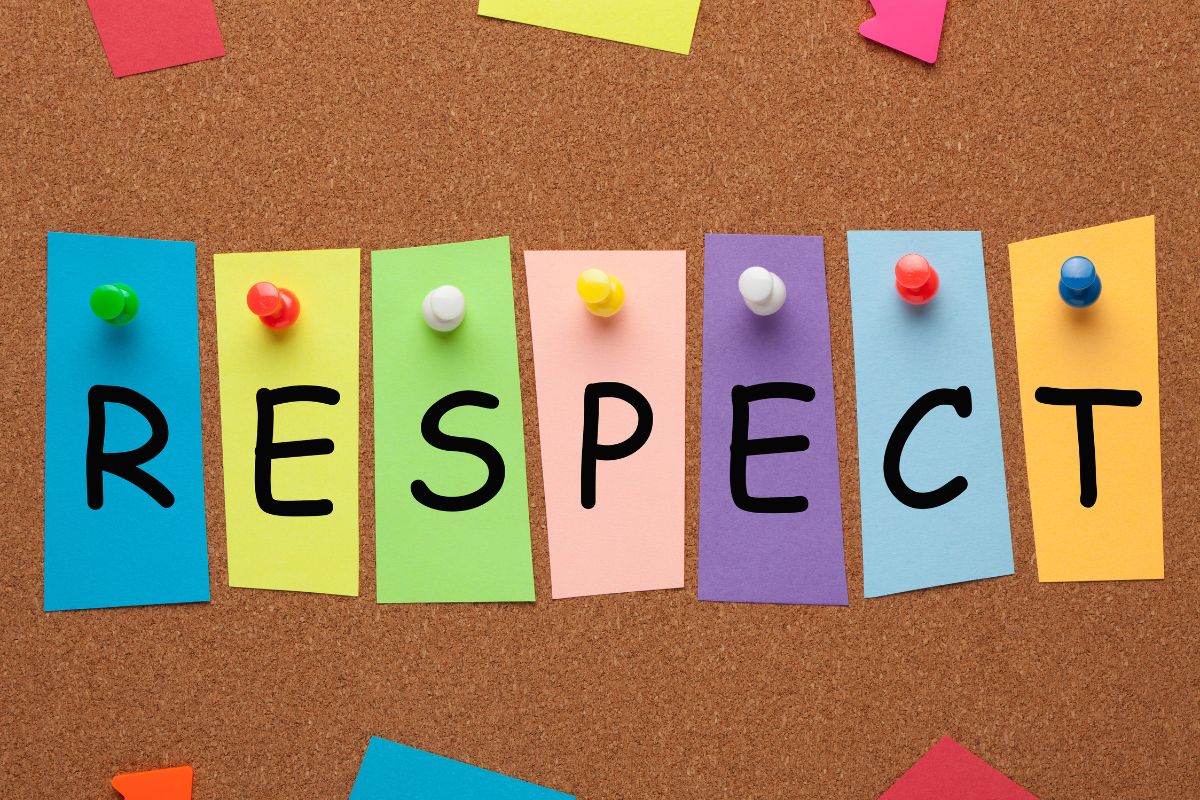Connect Critical Thinking Skills to Social-Emotional Learning In The Classroom
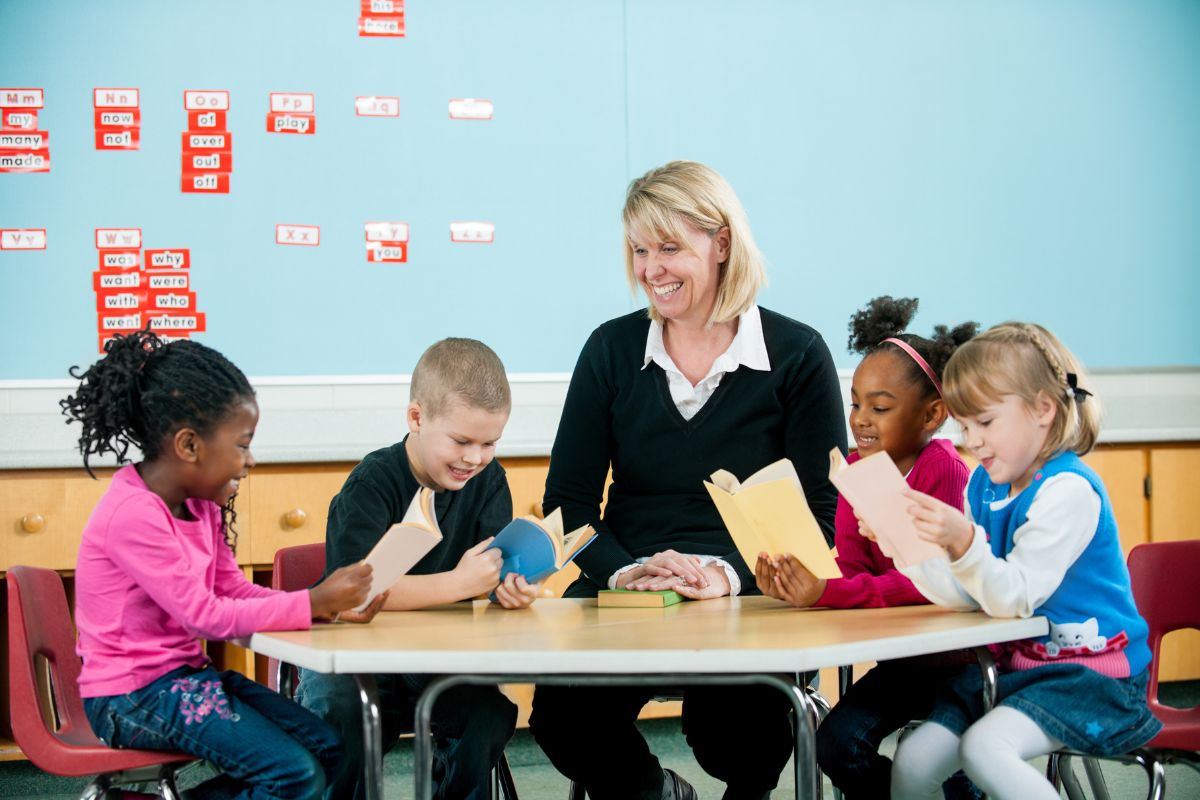
Critical Thinking
Critical thinking is expansive thinking, which takes the thinker beyond the obvious and superficial, to the truth. Fake news with its banquet of faulty reasoning, and a cacophony of misinformation, blurs fact with opinion, and bombard our senses every day. Information is often delivered in sound bites appealing to mass consumption.
Google trains our brains to search for the shortcut to information. How many of us make it past screen one of a Google search? Our mind quickly discounts the value of checking other pages. We make snap decisions based on ease of information delivery.
How does critical thinking connect to social-emotional learning?
The answer to that question is that critical thinking skills connect to social -emotional learning in several ways.
There are five central themes to social -emotional learning (SEL) and each one corresponds in some way to critical thinking skills. Like critical thinking, SEL is a systematic approach to acquiring knowledge in and about our world. Self-awareness, in part, means examining our own prejudices and biases and thinking beyond loud media messages. Social awareness is inclusive thinking where we identify social norms with empathy and compassion. Responsible decision means making caring and constructive choices with an open mind. Self-management allows for control of reactionary opinions and views. We are open to new ideas. Relationship skills require active listening and clear communication. These SEL traits are necessary for critical thinkers too. Both CT and SEL are ordered ways of thinking based on reasoning and analytical skills that match ideas to facts. This opens the mind to deeper learning.
All of which allows us to understand ourselves, others and, in turn, more fully understand our world. It reduces reactionary responses and encourages ordered thinking and curiosity. And that, among other benefits, helps us develop social, emotional, and thinking competence. We live in a loud, often angry world which needs critical thinkers who are logical, perceptive, and socially aware.
How could educators make these connections in the classroom?
Curiosity is a 21 C superpower and is a key part of critical thinking and social awareness. Both the critical thinker and socially aware person aspires to understand the perspective of others, to think outside their own world with compassion and empathy. A socially aware person approaches these challenges with curiosity and without prejudice much like a critical thinker. Curiosity feeds the mind of the critical thinker and nourishes the socially aware.
Lessons to Foster Curiosity
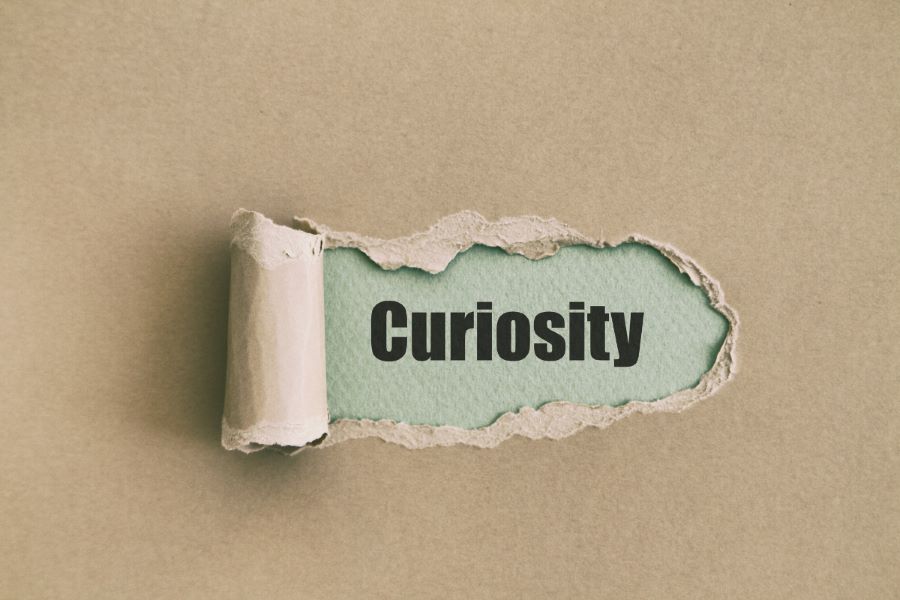
Curiosity indicates a mind hungry for answers. Start with the importance of the simple act of asking a spontaneous question in class. Questions are the lifeblood of the curious. Remind your class that open-ended questions beginning with how or why elicit more than a yes/ no response. This type of questioning allows for deeper learning within the classroom. We know that for every question asked in a class, there are several students who, for a variety of reasons, did not ask their question. Student questions are important for classroom learning.
One hands-on idea for curiosity lessons can be found on the Smithsonian Learning Lab website. No matter where you are in the world, this site allows students to explore their vast collections and create their own virtual galleries with the artifacts that interest them. The student can then go on to develop quizzes around their personalized collections and present them to the class. This museum site is a banquet of curiosity and a rigorous learning opportunity for the curious.
Logic is Key
Logical thinking is a skill. Like SEL, it requires the ability to observe with a rational eye, understand other perspectives and assess the best choices. Clear communication skills are essential.
Debating techniques are an ideal educational platform for the logical thinker. Have some fun and pick a topic that is challenging to argue for or against and tests their logical minds.
It can be as simple as positing the question: Which answer has wider application-yes or no? They might answer- it depends. Then the next question is -depends on what? Some situations can only ever be yes answers or no answers but what can be both? Looking for the loopholes in another person’s argument are brain games at their best. This simple question can continue and generate a host of mental challenges for your students.
I recall these simple but complex opportunities creating lightbulb moments in my middle school class as students rose to the challenge of expressing their answer. The students sat up, leaned into the discussion, and became engaged.
Curiosity, logic and making connections are pillars of thinking, learning and being a socially aware person.
Connection Lessons for Critical Thinkers and The Social Aware

We know that making connections enhances learning. Connections are central to social and educational competence. Text to self, text to text, text to world apply both to the critical thinker and the socially aware because both are consistently connecting prior knowledge to new knowledge and experience. These connections keep the brain supple and open to innovative ideas and enhancing self awareness.
Making a personal connection to characters in a novel is a reliable teaching tool that connects the student to the character in the novel and can enhance self-awareness. Did deeper and question a character’s personal values whether explicitly or implicitly displayed in the story. Those instructional times are learning opportunities at many levels. Character development lessons embedded in reading lessons are the ideal opportunity for values education as well as literary study.
For these lessons use Venn diagrams and concept maps as instructional tools and further develop their capacity to make connections. Use questions, statements, as well as points, to expand the learning capacity of these devices.
An educator’s goal is to cultivate these problem-solving techniques and encourage students to reach conclusions by reasoning and not rationalizing an answer that is ‘good enough’. Critical thinking skills help them make better decisions and become more actively engaged in receiving information.
Today’s student will grow up in a world bursting with readily available, sometimes questionable, information. They need to be independent, discerning thinkers, both academically and socially.
Encourage your students to explore the frontiers of thinking, with confidence and curiosity.
This article is available and can be accessed in Spanish here.



